The shimmering colours of the Northern Lights were seen across Dundee and Fife on Sunday.
Locals lucky to capture a glimpse of the rare phenomenon are sharing pictures of the neon-like lights.
Experts at the Met Office say the aurora borealis can only occasionally be seen over the UK.
But after the rare event on Sunday, they say there is a chance the lights could be visible again on Monday evening (February 27).
A map shared by the weather agency shows sightings are most likely in Northern Scotland from around 9pm onwards.
Pictures from across Tayside and Fife
How to get the best pictures
Steve Brown, a photographer with The Courier, shared some top tips for those keen to catch a picture of the Northern Lights.
- Use a tripod if you have one, and if not something to stop your camera moving during extended exposure
- If you don’t have a tripod and are resting against something, you can use your cameras self timer. When you press the shutter button the camera will wait a few seconds before taking the photo
- Keep the ISO as low as you can
- Set your shutter speed to 3 seconds or shorter depending on conditions and strength of the display, but check how it looks on the cameras screen
- Get a location with a nice foreground interest
- Always face north
- Modern camera phones have a night mode, this may assist you
- Enjoy the show and experiment
What causes the Northern Lights?
The sky is magically light up by the aurora borealis as a result of solar activity. The occur when charged particles from the Sun collides with molecules in the Earth’s upper atmosphere.
The Met Office explains: “Auroras usually occur in a band called the annulus (a ring about 1,865 miles across) centred on the magnetic pole.
“The arrival of a Coronal Mass Ejections (CME) from the Sun can cause the annulus to expand, bringing the aurora to lower latitudes.
“It is under these circumstances that the lights can be seen in the UK.”
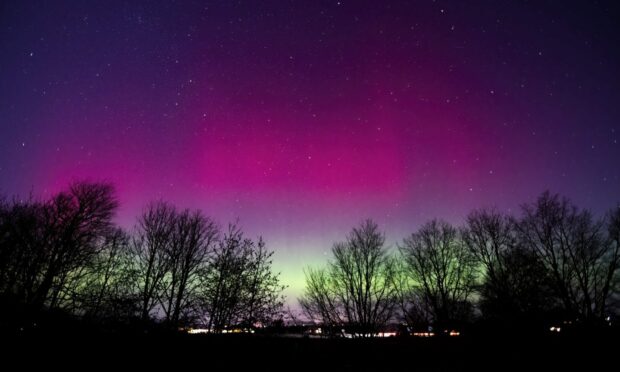
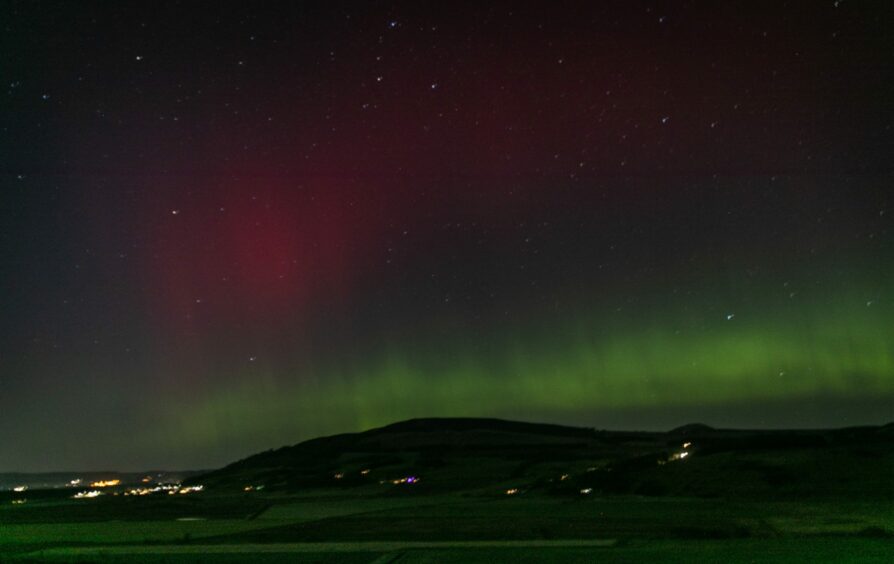

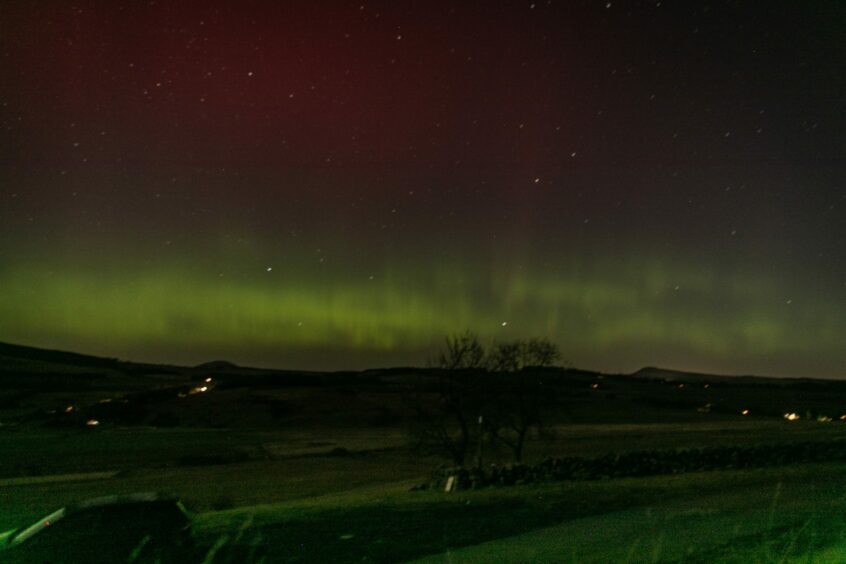
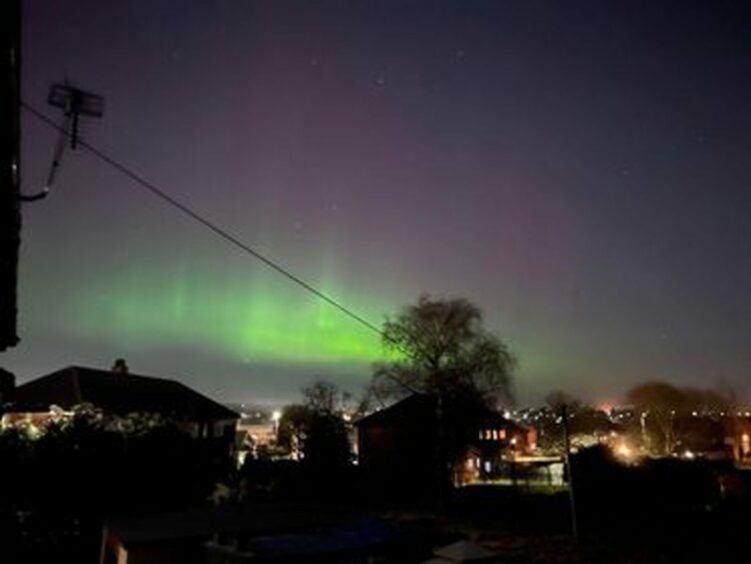
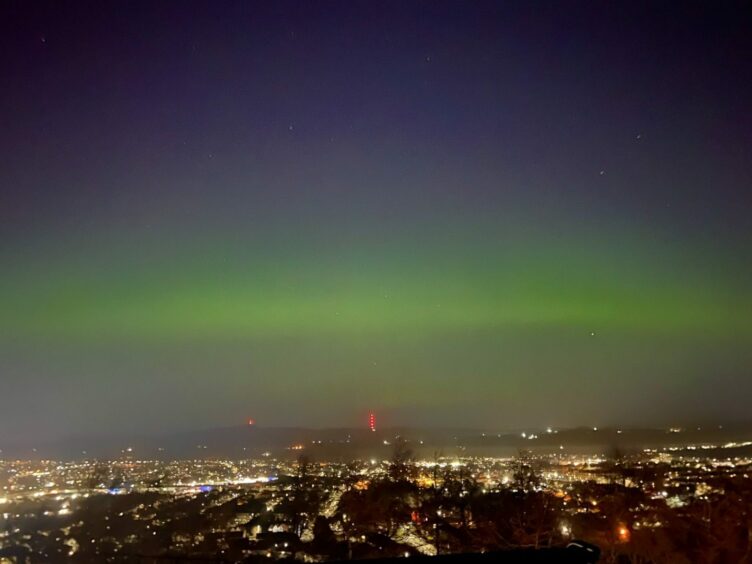
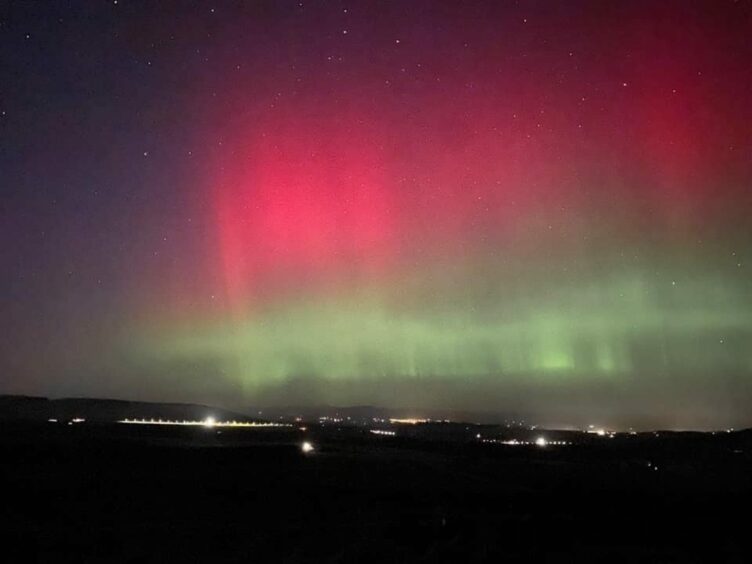
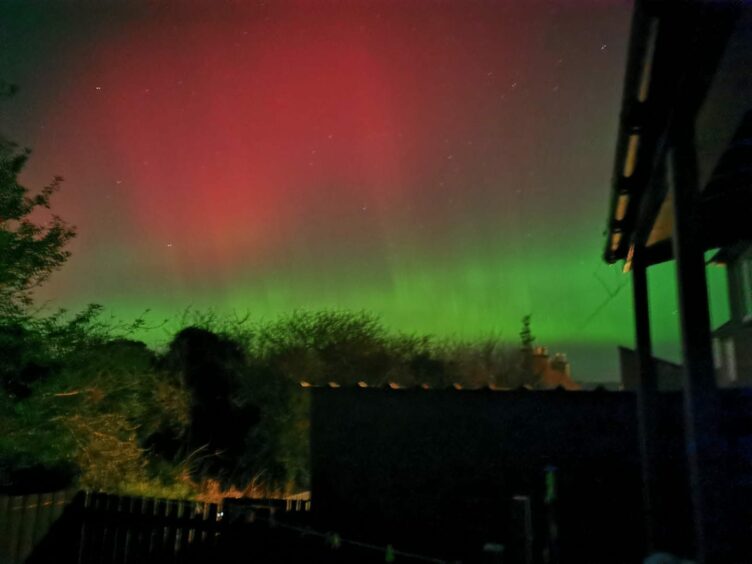
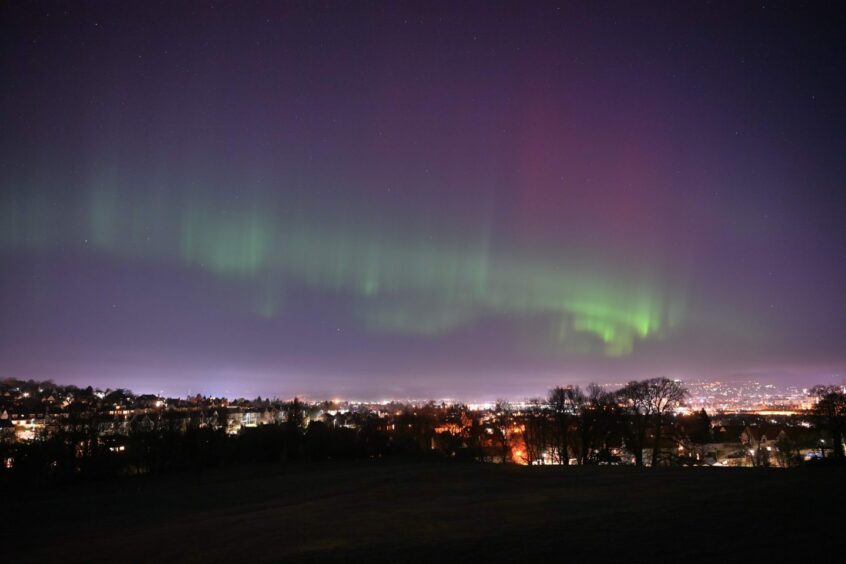
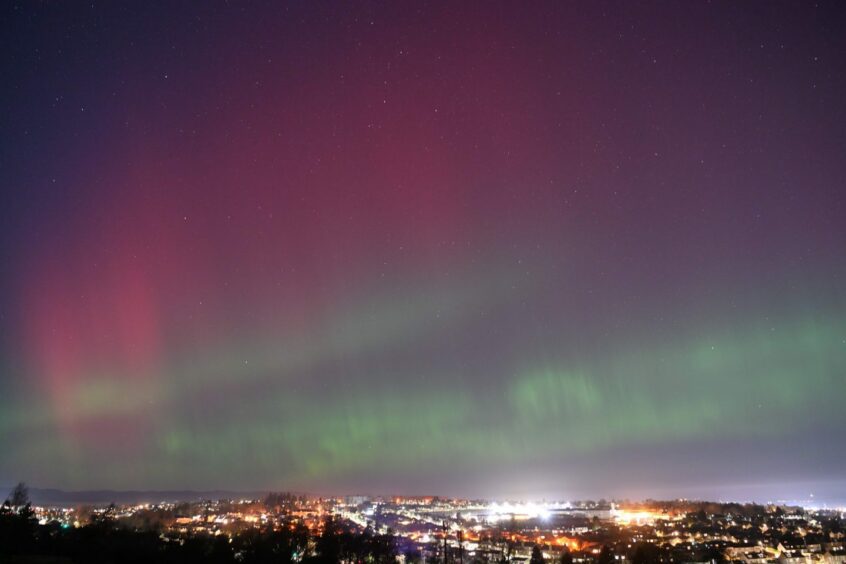

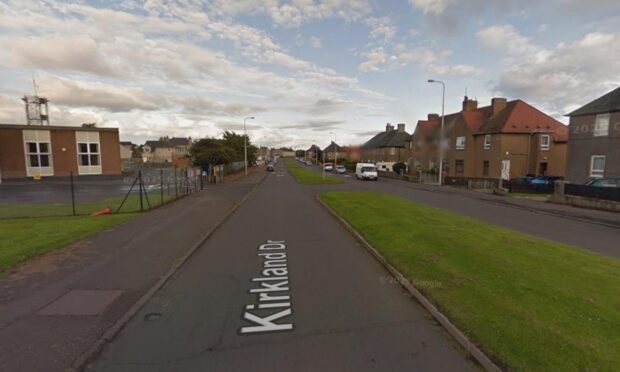

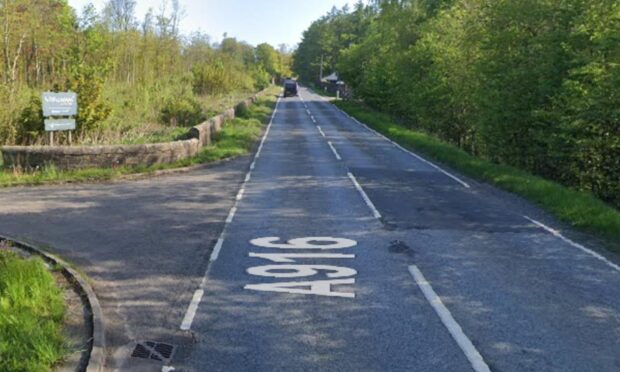
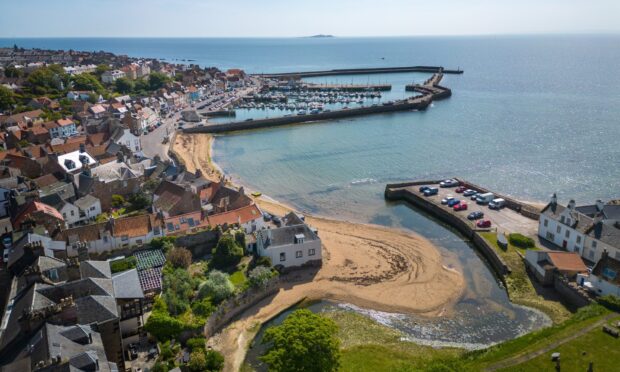

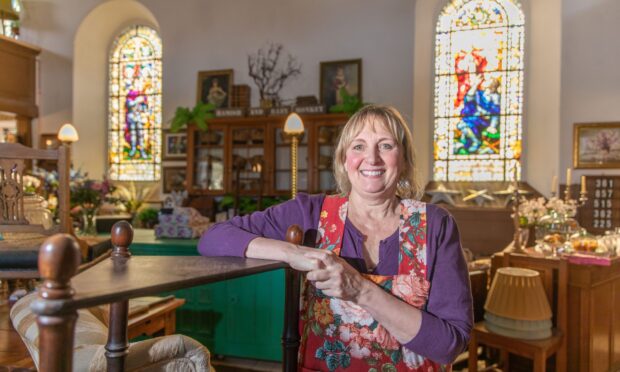
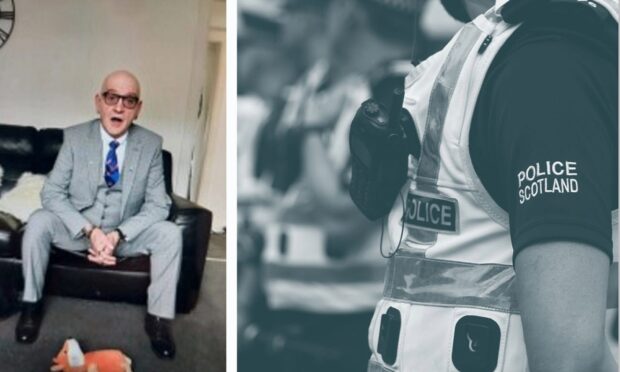


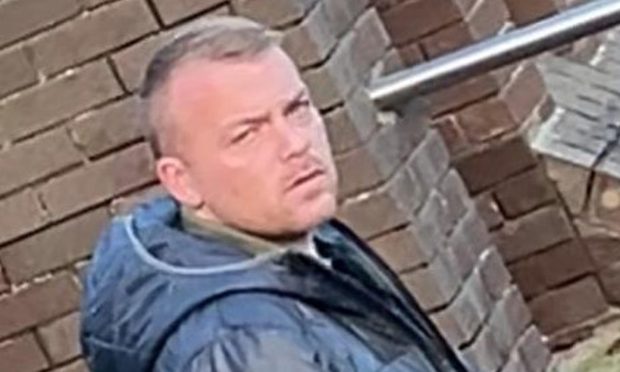
Conversation